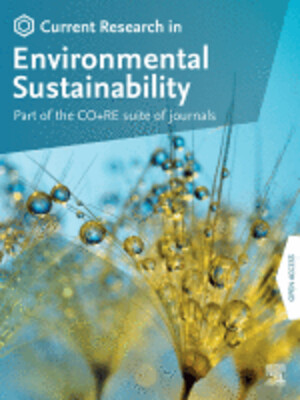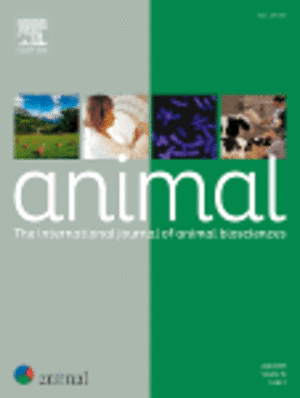
Climate-smart crop production in semi-arid areas through increased knowledge of varieties, environment and management factors
Abstract
In large regions of sub-Saharan Africa, semi-arid conditions are likely to increase with climate change, yet these regions are becoming more important to feed production zones due to increasing population pressure. A production system in the semi-arid south eastern Zimbabwe was studied to assess different possible growth conditions of food crop in relation to seasonal differences, spatial rainfall distribution, use of organic nutrients and different position in the landscape. The growth and yield of four crops (maize, sorghum, millet and groundnut) were assessed with or without manure during two seasons (2008/2009 and 2009/2010) in different landscape positions. Daily rainfall, soil and manure nutrient levels, seed germination, crop establishment, grain yield and above-ground residue biomass were measured. Most important determining factors of crop yield were landscape position and the different within season rainfall distribution of the two seasons. Manure increased yield of sorghum grown in upland and maize grown in lower lowlands. Millet was affected by Quelea quelea birds, the reason why it is unpopular in south eastern Zimbabwe. Best-fit strategies can double total yield from 1.67 to 3.29 t/ha from the average 5.1 ha that farmers usually crop in south east Zimbabwe. Farmers in semi-arid areas can reduce risk of total crop failure by making a clever use of both the low lying and the upland areas depending on crops of their interest.
Citation
Murungweni, C.; Wijk, Mark T. van; Smaling, E.M.A.; Giller, Ken E. 2016. Climate-smart crop production in semi-arid areas through increased knowledge of varieties, environment and management factors. Nutrient Cycling in Agroecosystems 105: 183-197










